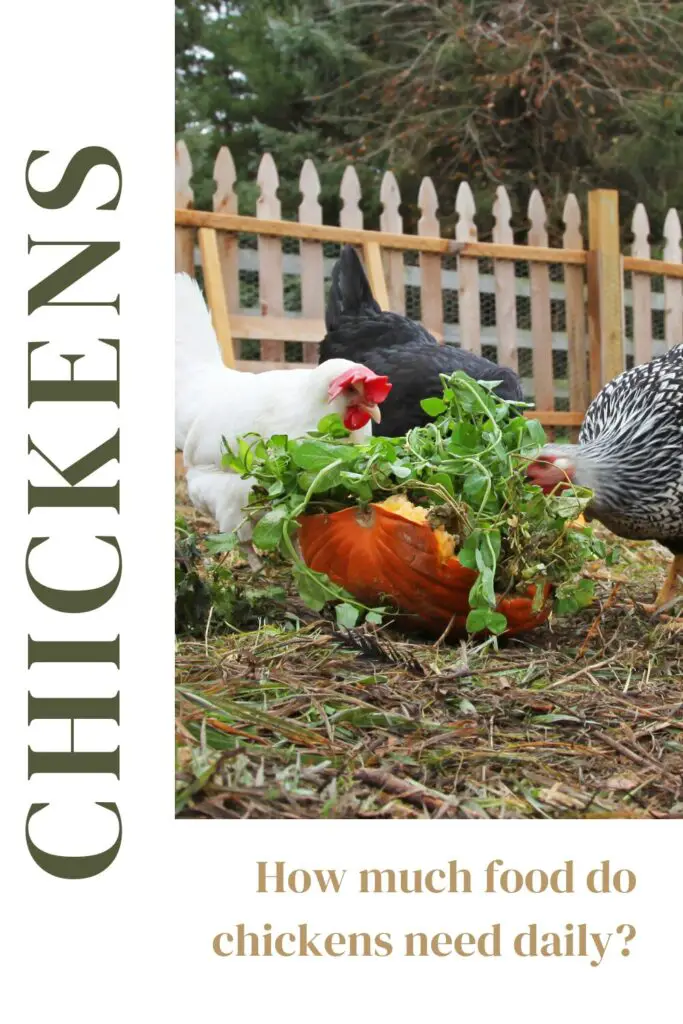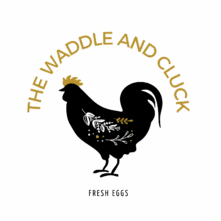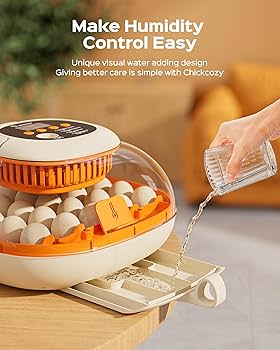Raising backyard chickens can be a fun and rewarding experience. Fresh eggs every morning make all the care worthwhile! One of the key aspects of chicken keeping is making sure your flock gets proper nutrition. How much food do chickens need to keep your birds healthy and productive?
In general, hens need 1/4 lb of food daily and roosters need 1/3 lb of food daily.
Key Factors That Impact Chicken Feed Intake
Many factors influence just how much food a chicken requires per day. Here are some of the main considerations:
Age of the Chicken
Younger chickens and older chickens have different nutritional needs. Typically, pullets from 0-6 months of age and mature hens over 1 year old require more feed than adolescent chickens 6-12 months old. Feed intake increases for hens as they enter peak egg production.

Egg Production Status
Laying hens eat considerably more feed than non-laying hens. The more eggs a hen lays, the more energy and nutrition she needs from feed. During peak production periods, hens may eat up to 1/5 pound of feed daily. Non-laying hens, juvenile chicks, and roosters require less.

Weather and Temperature
Chickens eat more food in cold temperatures to generate more body heat. Chickens with sufficient shelter may not need extra feed in winter. However, hens with significant outdoor access require around 20% more feed in cold weather. Extreme heat can suppress appetites.
Diet and Feed Quality
While chickens aren’t picky, the quality and type of feed impacts how much chickens choose to eat. Typically corn- or soy-based feeds are consumed at a higher rate than feeds with more filler ingredients. Higher protein feed is eaten in smaller quantities.
Health Status
Sick chickens or chickens suffering from parasites and illnesses may eat less while unhealthy. Monitor any decrease in feed intake that lasts more than a day. Healthy, active chickens eat more vigorously.
Other Factors
Chicken size/breed, access to range, reproductive status, population density, season, and management techniques also play minor roles in feed intake. Larger breed chickens eat more than bantams. Free-range flock eats less feed but more bugs and plants. Broody hens eat less while sitting. Crowded flocks see increased feed intake per bird. For most flocks, these factors mostly balance out.
Now that you know the many variables impacting feed amounts, let’s examine base guidelines per average hen.
Standard Daily Feed Intake Guidelines
Here are the standard recommendations for average daily feed intake per hen:
Chicks (1-6 weeks)
0.1-0.15 lbs feed per chick
Pullets (6-20 weeks)
0.15-0.22 lbs feed per pullet
Laying Hens (in production)
0.22-0.26 lbs feed per laying hen
Non-Laying Adult Hens
0.11-0.15 lbs per non-laying hen
Roosters
0.11-0.15 lbs feed per rooster
These averages provide a general idea of expected consumption, but your flock may eat slightly more or less if some of the factors discussed above alter their needs.
Many chicken keepers find that their hens consume feed at different rates across the seasons too. It’s quite normal to see increased intake in winter and decreased intake in summer heat. What’s most important is that ample feed is available at all times. Chickens are good at self-regulating feed intake when the proper diet is offered ad libitum (free choice).

Common Feed Types for Backyard Chickens
To select an appropriate feed type and determine how much to offer your flock, you need to know the nutritional composition of common feed options:
Starter Feed
28-30% protein, 3% calcium. Fed to chicks 0-6 weeks old.
Grower Feed
16-20% protein, 1% calcium. For pullets 6-18 weeks old.
Layer Feed
16-18% protein, 3-4% calcium. Provides extra calcium for laying hens.
Flock Raiser/Flock Developer
16% protein, 2% calcium. All-purpose feed for chicks over 6 weeks, pullets and laying hens.
Whole Grains/Scratch
Corn, wheat, etc. Carbs and fat for energy. Feed free-choice to supplement rations.
With multiple feed formulations available, many chicken owners find it easiest to feed an all-flock ration like Flock Developer. Otherwise, you’ll need to swap feeds as your chickens mature. You may also supplement main feed rations with grains or kitchen scraps.
Estimating Total Feed Amounts
Once you know the approximate intake per chicken and the feed composition percentages, you can estimate overall feed amounts for your flock.
Here’s a sample scenario:
You have 6 laying hens averaging 0.25 lbs intake per hen daily.
You choose a 16% protein layer feed and want to purchase a 50 lb bag to start.
Each hen eats 0.25 lbs per day
You have 6 hens, so total daily intake is 0.25 x 6 = 1.5 lbs
A 50 lb bag contains ~23 days worth at this rate of intake (50 lbs ÷ 1.5 lbs per day = 33 days)
Make sure to reevaluate feed intake needs periodically as the flock size and status changes. You don’t want to run out of feed unexpectedly!
Feeding Recommendations and Best Practices
To get the most out of your feed while keeping chickens healthy, follow these top tips:
- Provide feed free choice in feeders: Let chickens self-regulate consumption.
- Offer oyster shell grit or insoluble granite grit separately to aid digestion.
- Clean feeders regularly and check freshness of feed. Rancid feed decreases intake.
- Store feed properly in cool, dry metal garbage cans with lids to prevent pests.
- Monitor flock body condition and egg production rate. Increase feed proportions if needed.
- Offer a wide range of supplements like garden produce, sprouts, mealworms etc.
By sticking to these best practices and guidelines, your chickens will thrive on their ration. Pay attention to daily intake habits to notice any changes that signal issues. Enjoy the fresh eggs!









